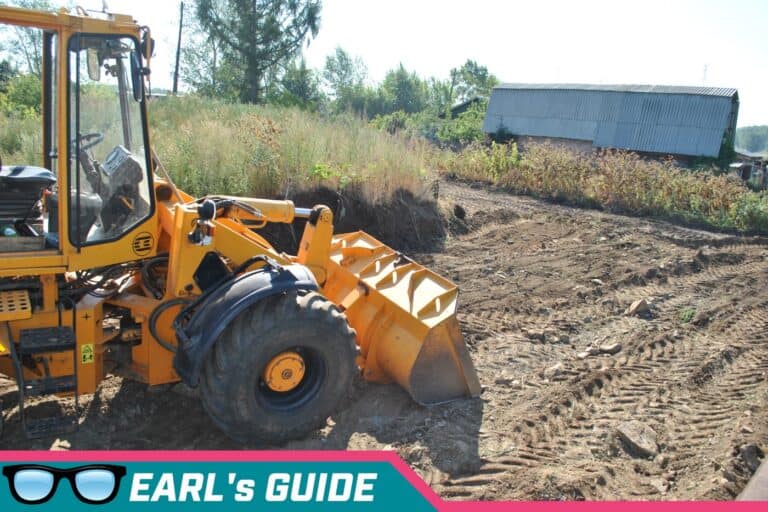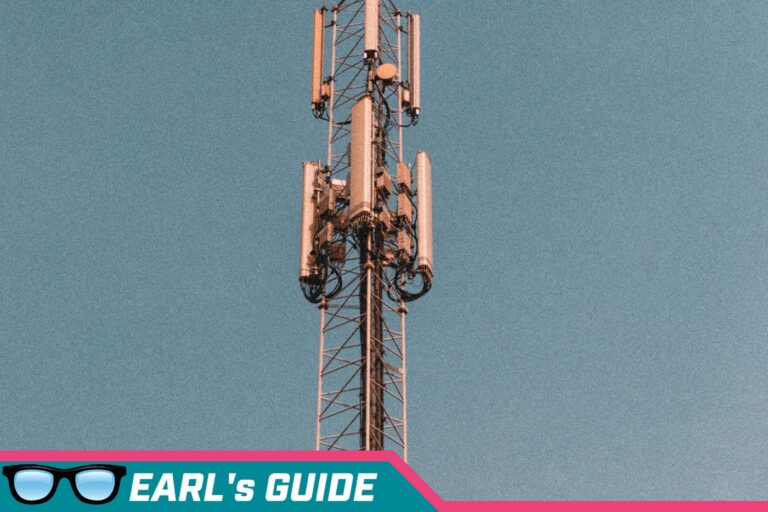As the popularity of recreational vehicle (RV) travel continues to soar, the importance of a well-designed electrical layout in RV parks becomes increasingly evident. An efficient and safe electrical system is essential to providing a comfortable and enjoyable experience for RV enthusiasts. In this article, we will delve into the key considerations and best practices for designing an RV park electrical layout, focusing on the overall concept that can be applied universally.
Understanding the Unique Needs of RV Parks
RV parks cater to a diverse range of RV sizes and power demands. Unlike traditional housing, RVs come equipped with various appliances and systems that require a reliable and consistent power supply. The challenge lies in creating a flexible electrical infrastructure that can adapt to the diverse requirements of RVs. The overall concept should be adaptable, scalable, and capable of providing sufficient power to all units.
Key Components of RV Park Electrical Layout Design
- Power Pedestals
At the core of any RV park’s electrical infrastructure are power pedestals. These units supply power to individual RVs and typically include outlets for 30-amp and 50-amp service, as well as standard 120-volt outlets. The overall concept involves strategically placing power pedestals to maximize efficiency while ensuring easy access for each RV site.
Considerations such as spacing between pedestals, proximity to water and sewer hookups, and adherence to safety codes are crucial. Adequate spacing not only improves accessibility but also reduces the risk of electrical overload and fire hazards.
- Electrical Capacity and Load Distribution
Determining the electrical capacity of an RV park is a critical step in the design process. The overall concept revolves around understanding the power requirements of various RVs and appliances, allowing for an optimal load distribution. Different RVs may have varying power needs, ranging from basic lighting and appliances to air conditioning and heating systems.
To accommodate diverse power demands, a mix of 30-amp and 50-amp service outlets should be strategically distributed throughout the park. Additionally, the overall concept involves assessing the overall electrical load and planning for future expansion. This requires collaboration with electrical engineers to design a system that can handle potential increases in demand without compromising safety or efficiency.
- Underground Wiring and Conduits
The choice between underground and overhead wiring is a significant consideration in the overall concept of RV park electrical layout design. Many modern RV parks opt for underground wiring to enhance visual appeal and reduce the risk of weather-related damage or accidents.
The overall concept includes installing conduits for electrical wiring underground. Conduits protect the wiring from environmental factors and facilitate future maintenance or upgrades. Furthermore, underground wiring reduces visual clutter associated with overhead power lines, contributing to a more aesthetically pleasing RV park environment.
- Safety Measures and Code Compliance
Ensuring the safety of RV park residents and their vehicles is a fundamental aspect of the overall concept. Designing an electrical layout that adheres to local building codes and safety standards is imperative. This involves collaboration with electrical engineers and regulatory authorities to guarantee that the park’s infrastructure meets or exceeds all relevant safety requirements.
Key safety measures include implementing ground fault circuit interrupters (GFCIs) at each power pedestal to prevent electric shocks and fires. Additionally, the overall concept incorporates proper signage, lighting, and emergency shut-off mechanisms to enhance overall safety within the park.
- Environmental Considerations
In the era of increased environmental awareness, the overall concept of RV park electrical layout design includes sustainable practices. This may involve using energy-efficient lighting, promoting renewable energy sources, and integrating smart technologies to monitor and manage electricity consumption.
Solar power emerges as an attractive option, providing a clean and renewable energy source. The overall concept includes exploring the possibility of installing solar panels on rooftops or in designated areas within the park. While the initial investment may be higher, the long-term benefits in terms of reduced electricity costs and environmental impact make it a worthwhile endeavor.
- Accessibility and ADA Compliance
An often overlooked but crucial aspect of the overall concept is accessibility for individuals with disabilities. The electrical layout should take into account the Americans with Disabilities Act (ADA) requirements, including accessible routes to power pedestals, proper height and placement of outlets, and clear signage.
By incorporating ADA-compliant features into the electrical layout, RV parks can offer a welcoming and inclusive experience for a broader range of visitors.
- Future Expansion and Scalability
Anticipating future growth and demand is a key component of the overall concept in RV park electrical layout design. A well-thought-out plan should allow for easy expansion to accommodate additional RV sites without major overhauls or disruptions.
Considerations such as the availability of additional power sources, conduit space for future wiring, and the overall layout’s adaptability are essential. By planning for scalability, RV park owners can stay ahead of increasing demand and ensure a seamless experience for both current and future visitors.
The overall concept of RV park electrical layout design encompasses a holistic approach that considers the unique needs of RVs, safety, sustainability, accessibility, and future growth. By incorporating these key considerations and best practices into the design process, RV parks can create an environment that enhances the overall experience for RV enthusiasts while prioritizing safety, efficiency, and environmental responsibility.

Robert Earl
Robert EarlRobert has 20+ years of experience as a Real Estate Agent, Coach & Digital Marketer. Robert Earl is passionate about teaching and empowering others to pursue their dreams and create sustainable income. Whether through a career in real estate, affiliate marketing, niche blogging, or transforming campgrounds into thriving communities, his proven strategies and techniques have helped numerous individuals and businesses succeed. Based on his years of experience and knowledge in the online marketing industry, along with his hands-on management in the Real Estate & RV Park sector, he has crafted a unique and effective approach to personal and professional growth. In addition to his business pursuits, Robert is also a CrossFit Online Level 1 Trainer (CF-OL1) and enjoys fitness activities, including Rucking workouts while traveling the country. His multifaceted career showcases his dedication to growth, innovation, and the pursuit of excellence in various domains.






